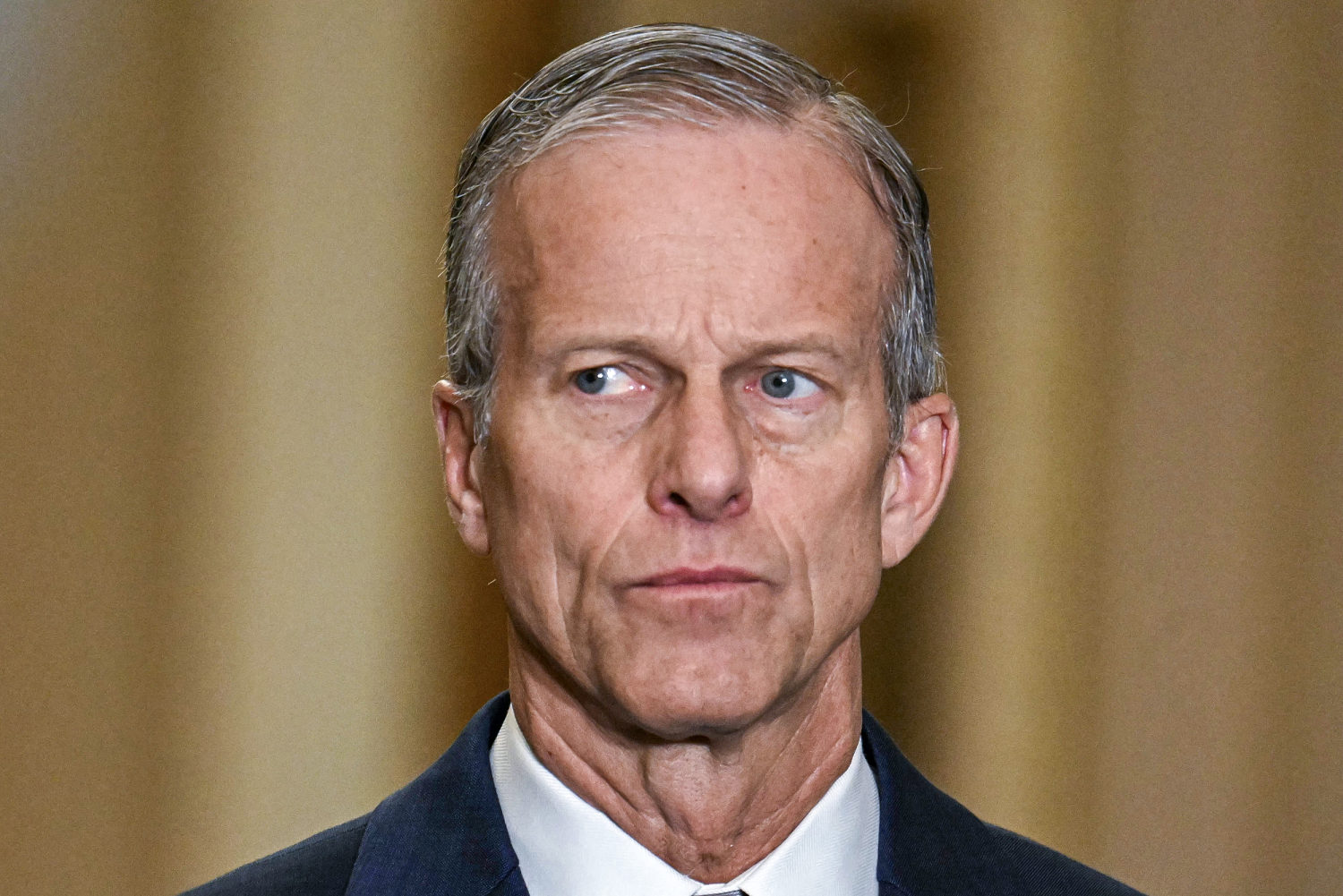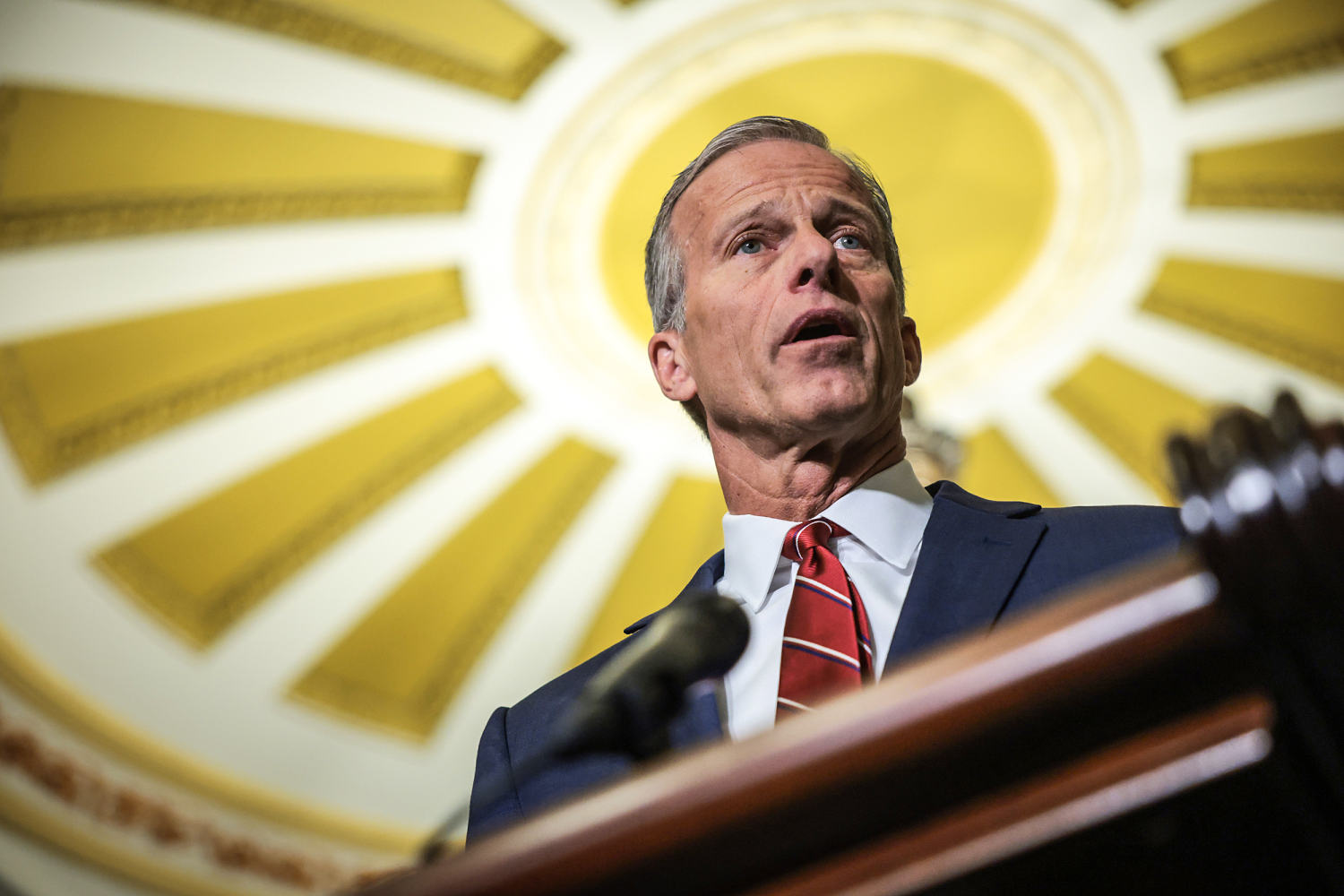Senate Republicans on Wednesday rolled out a 70-page blueprint to advance President Trump’s tax agenda, along with directions that could pave the way for more than a trillion dollars in cuts to government spending.
The resolution comes after weeks of negotiations between House and Senate Republicans to reach a compromise on how to enact the president’s priorities. Republicans are pushing to quickly adopt the resolution to kick-start a complex process that will allow them to eventually move major spending and tax cut legislation through Congress without Democratic support.
However, some instructions in the measure underline a few of the differences both chambers will need to hammer out in the coming weeks as they look to assemble the planned package.
Here are five things to know about the framework.
Trump tax cuts
Senate Budget Committee Chair Lindsey Graham (R-S.C.) said in a statement accompanying the release of the resolution that Republicans intend to permanently extend Trump’s signature 2017 tax cuts.
“This will allow the tax cuts to be permanent — which will tremendously boost the economy,” he argued, as Republicans have sought to make the case that their tax cuts are “pro-growth.”
Graham also said he has “determined that current policy will be the budget baseline regarding taxation,” moving forward with an accounting method that would allow the proposed tax cut extensions to appear costless because they’d be considered current policy. That would allow the Senate to enact them without needing to offset them in the bill.
The Senate’s instructions also made changes from their previous resolution that could allow for further significant tax cuts.
Fiscal hawks and Democrats have loudly sounded alarm over the accounting method, pointing to projections that show extending the tax cuts could add trillions of dollars to the nation’s deficits in the coming years.
By contrast, the House’s instructions allow its tax-writing committee up to $4.5 trillion for changes that could increase the deficit, along with proposed spending cuts that would ride with the tax cuts. Top Republicans had previously raised concerns that the cap would not allow for permanency for the tax cuts, noting projections that place the cost estimates above the cap amount.
In remarks to reporters earlier this week, House Budget Committee Chair Jodey Arrington (R-Texas) said he also supports “making tax cuts permanent and equal to the way [the Congressional Budget Office (CBO)] treats spending.”
“CBO treats spending on current policy, but I only am open to that if we offset the cost of tax cuts so we don't increase the deficit,” he said.
Spending cuts
The resolution includes different instructions for the House and Senate for spending cuts over roughly the next decade.
The House’s instructions call on various committees to find at least $1.5 trillion in savings, while leaning on its Agriculture, Education, and Energy and Commerce committees to find ways to reduce the deficit. It also retains language in the House’s previous resolution calling for the cap on tax cuts to be reduced if eventual cost-cutting recommendations from committees don’t total at least $2 trillion.
The Senate’s instructions call for at least $4 billion in cuts. They task committees on Agriculture, Banking and Housing, Energy and Natural Resources, Health and Education to find at least $1 billion each in a move that some argue is meant to provide them with more flexibility when it comes time to ...














